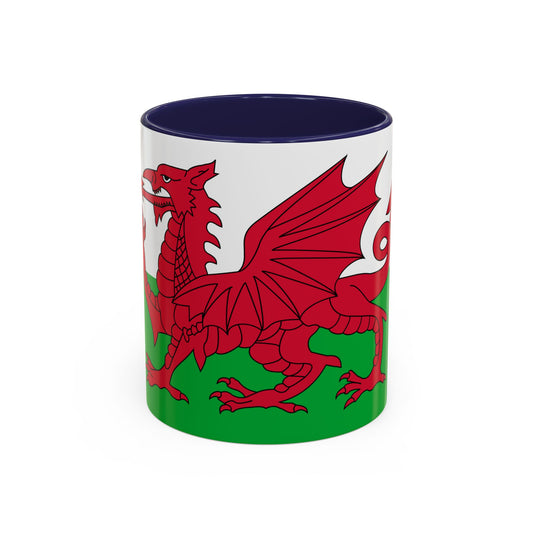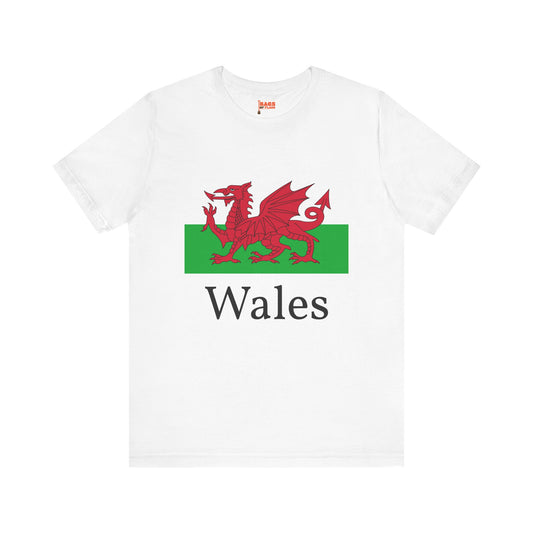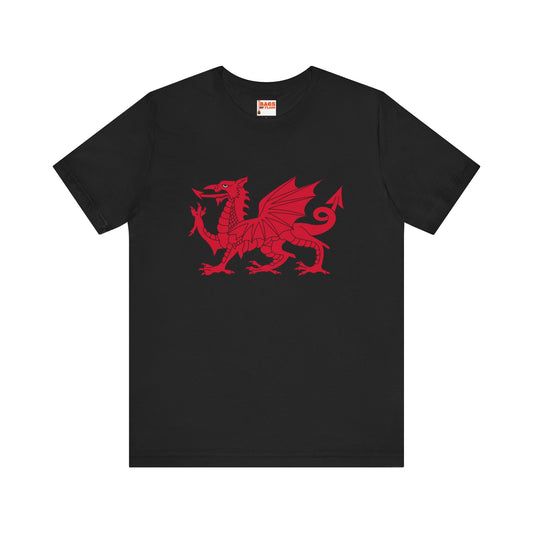-
Wales Sweatshirt
Regular price $34.15 USDRegular priceUnit price / per -
Cymru Sweatshirt
Regular price $34.15 USDRegular priceUnit price / per -
Welsh Dragon Sweatshirt
Regular price $34.15 USDRegular priceUnit price / per -
Wales Flag Sweatshirt
Regular price $34.15 USDRegular priceUnit price / per -
Wales Backpack
Regular price $59.79 USDRegular priceUnit price / per -
Wales Leather Patch Hat
Regular price $18.85 USDRegular priceUnit price / per -
Wales Trucker Cap
Regular price $14.90 USDRegular priceUnit price / per -
Wales Hoodies
Regular price $34.40 USDRegular priceUnit price / per -
Wales T-shirts
Regular price $22.79 USDRegular priceUnit price / per -
Wales Flag Hoodies
Regular price $34.40 USDRegular priceUnit price / per -
Wales Flag on T-shirt
Regular price $22.79 USDRegular priceUnit price / per -
Welsh Dragon Hoodies
Regular price $34.40 USDRegular priceUnit price / per -
Welsh Dragon T-shirt
Regular price $22.79 USDRegular priceUnit price / per -
Cymru Hoodies
Regular price $34.40 USDRegular priceUnit price / per -
Cymru T-shirts
Regular price $22.79 USDRegular priceUnit price / per
Collection: Wales
The Wales flag, also known as the flag of Wales, is a vibrant symbol representing this proud nation's rich history and culture. From its adoption to its modern-day usage, the flag has played a significant role in Welsh identity and pride. We will explore the design, historical context, symbolism, current relevance, and additional facts surrounding the Wales flag.
Overview of the Wales Flag Design and Colors

The striking appearance of the Wales flag is characterized by a distinctive red dragon that takes center stage against a backdrop split into two horizontal fields of green and white. This emblematic creature is depicted in a pose that suggests it is either in the midst of flight or ready to engage, adding a dynamic and powerful element to the flag’s design. The red of the dragon is a vivid, rich hue that commands attention, symbolizing the bravery and fierce spirit of the Welsh people.
The green and white background not only provides a stark contrast that enhances the visibility of the dragon but also holds historical significance, linking the flag to the heritage and traditions of Wales. These colors, representative of the natural landscape and the historical Tudor dynasty, respectively, are integral in weaving the story of Wales’ past into the fabric of its present. The combination of these elements results in a flag that is not only visually captivating but also deeply meaningful, encapsulating the essence of Welsh identity and pride.
Historical Context of the Wales Flag
The emblem of the red dragon has a storied history that predates the official adoption of the Wales flag in 1959. Its roots trace back to the ancient Britons, embodying a symbol of might and courage carried through the ages. This iconic dragon found its way onto flags and standards as early as the Roman departure from Britain, cementing its place in Welsh lore and identity. Throughout the centuries, the red dragon was embraced by Welsh princes and leaders, most notably by the Tudor dynasty, which elevated its status and association with Welsh royalty and nationalism.
The decision to officially adopt the flag in 1959 was a culmination of this rich history, intertwining centuries of tradition with the modern identity of Wales. This act recognized the red dragon's deep historical significance and reinforced its enduring presence as a national symbol. The flag’s formal recognition in the latter half of the 20th century marked a pivotal moment, acknowledging the ancient roots of the Welsh people and their enduring spirit.
Symbolism Embodied in the Wales Flag
At the heart of the Wales flag's design lies a wealth of symbolism that speaks volumes about the nation's identity and historical narrative. The red dragon, known as Y Ddraig Goch in Welsh, stands as a powerful emblem of Welsh folklore and mythology, representing the strength and resilience of the Welsh people through centuries of challenges and triumphs. This majestic creature, steeped in ancient tales and legendary battles, encapsulates Wales's fighting spirit and enduring pride. The dragon's deep and fiery red color symbolizes the courage and fierce determination that has characterized the Welsh throughout their history.
Beneath the dragon, the flag features a dual background of green and white, each color holding its symbolic meaning. The green represents Wales's lush, verdant landscape, a nod to the country's natural beauty and agricultural heritage. On the other hand, the white symbolizes purity and peace, reflecting the Welsh people's aspirations for harmony and their respect for their land's rich heritage. Together, these elements combine to tell a story of a nation deeply connected to its past yet forward-looking and dynamic in spirit. The flag is more than just a national emblem; it is a tapestry of Wales' enduring legacy and indomitable spirit.
Current Relevance and Usage of the Wales Flag
In contemporary Wales, the flag is a common sight, unfurled at many public gatherings, from sports arenas where it rallies support for national teams to cultural festivals that celebrate Welsh heritage. It serves as a beacon of national pride, distinguishing Wales internationally in events such as the Rugby World Cup and the Commonwealth Games. In governmental settings, the flag is displayed to symbolize authority and national identity, while military units use it to represent the bravery and history of Welsh soldiers. The flag's prominence in these contexts underscores its integral role in the country's life, uniting the Welsh people under a common emblem. Yet, its ubiquity has not shielded it from debate. Issues have arisen regarding its representation in the United Kingdom's Union Jack and its visibility in official UK contexts, sparking discussions about national identity and autonomy. These debates highlight the flag's significance as a cultural symbol and as a focal point in conversations about Wales' place within the UK and the broader world.
Additional Facts and Protocols Surrounding the Wales Flag
Handling and displaying the flag of Wales comes with its own set of rules meant to ensure it is shown with the utmost respect. One notable protocol includes the flag's position relative to other national flags, which should be hoisted carefully to reflect its dignity and importance. When displayed alongside the flags of other countries, the Wales flag must be of equal size and flown at the same height to signify the nation's equal standing. In terms of unique practices, flying the flag upside down—a mistake that can easily occur given the symmetrical nature of the dragon—is not traditionally seen as a distress signal, unlike with some other national flags.
However, it is considered improper and a sign of disrespect. Intriguingly, the flag’s design, deeply rooted in mythology, has also inspired various cultural and sporting symbols across Wales, becoming an emblematic feature in logos and badges that seek to encapsulate the spirit and heritage of the Welsh people. This multifaceted usage underscores the flag's pervasive influence in both formal and informal Welsh contexts.
































